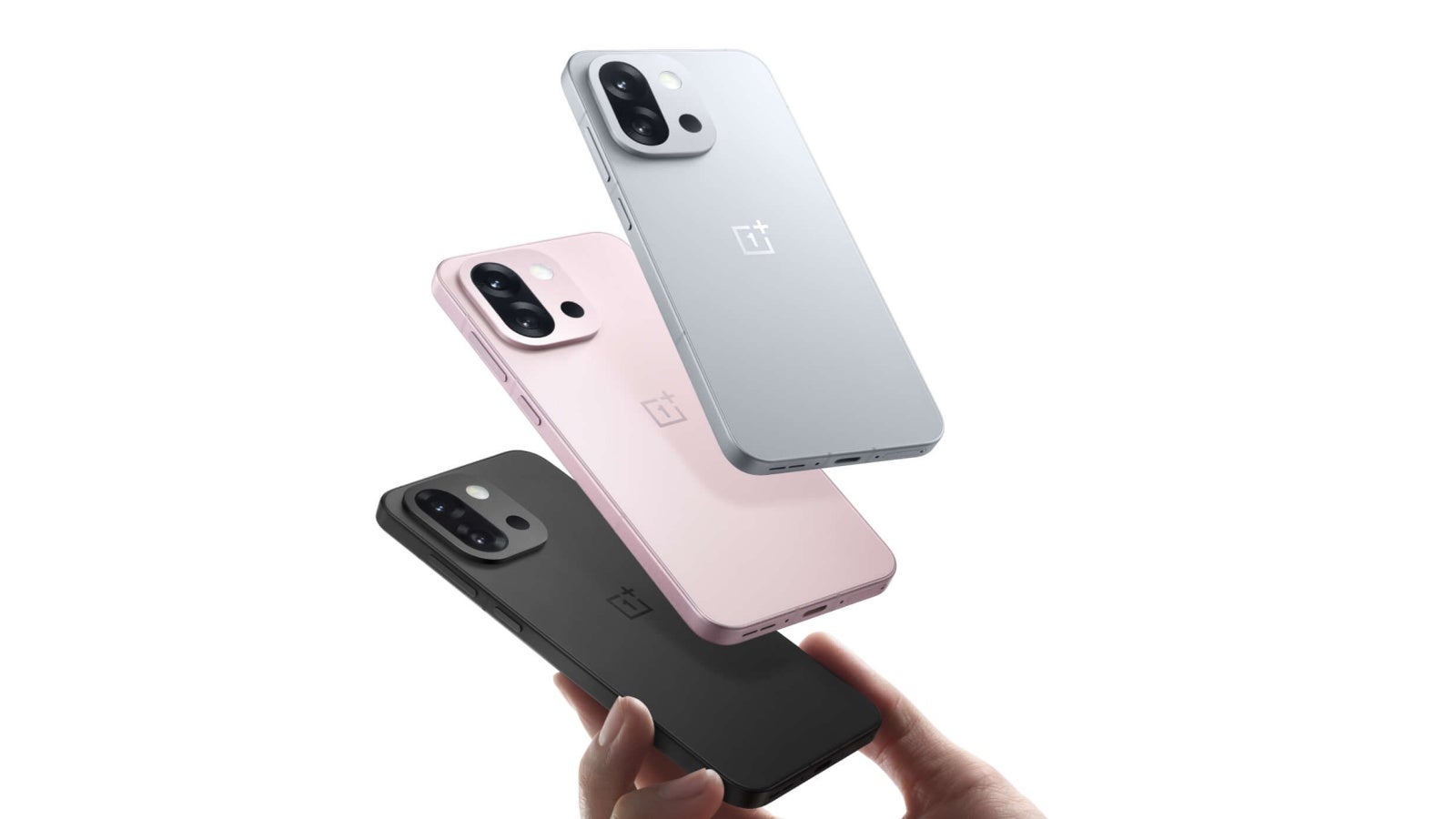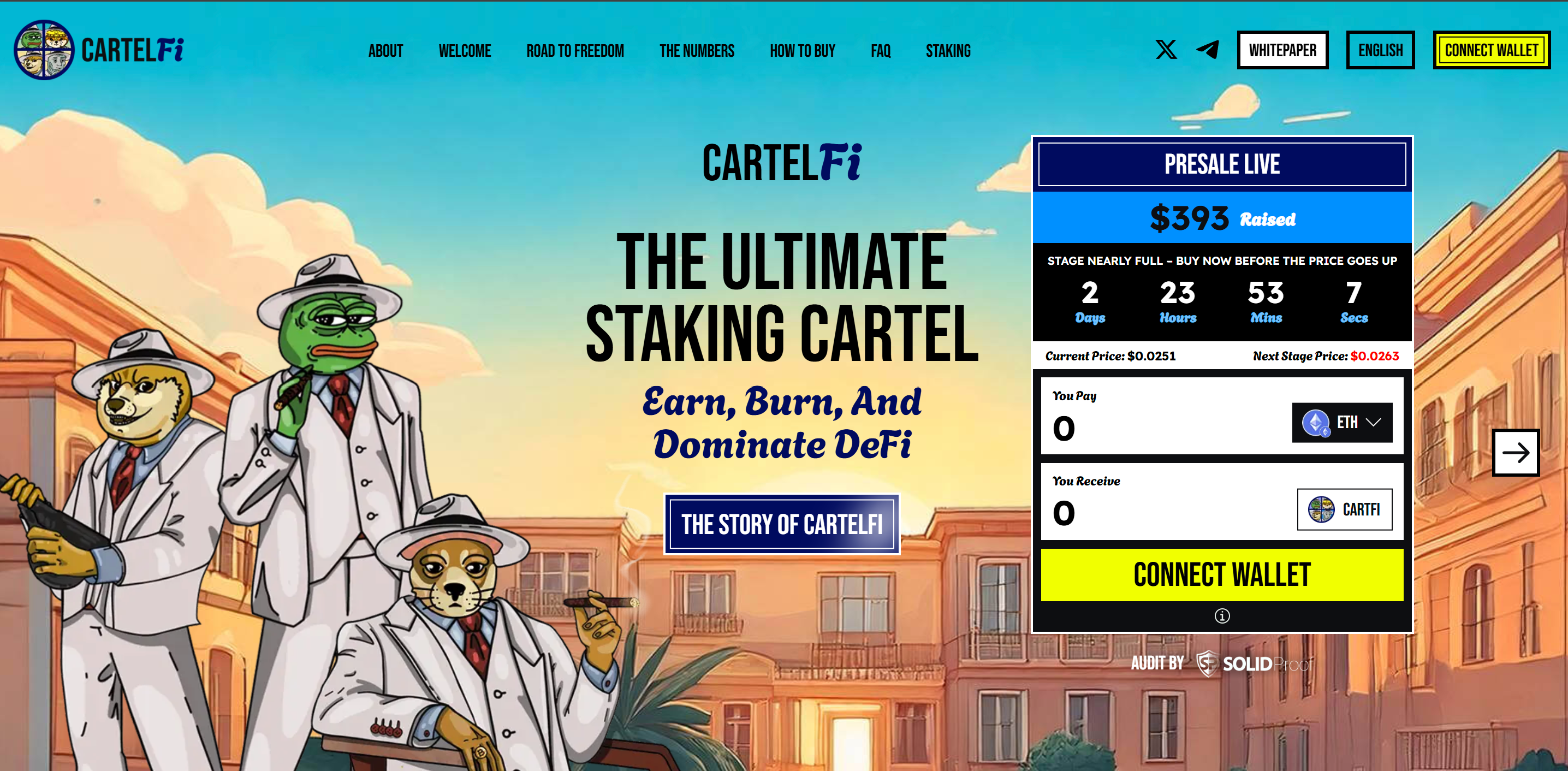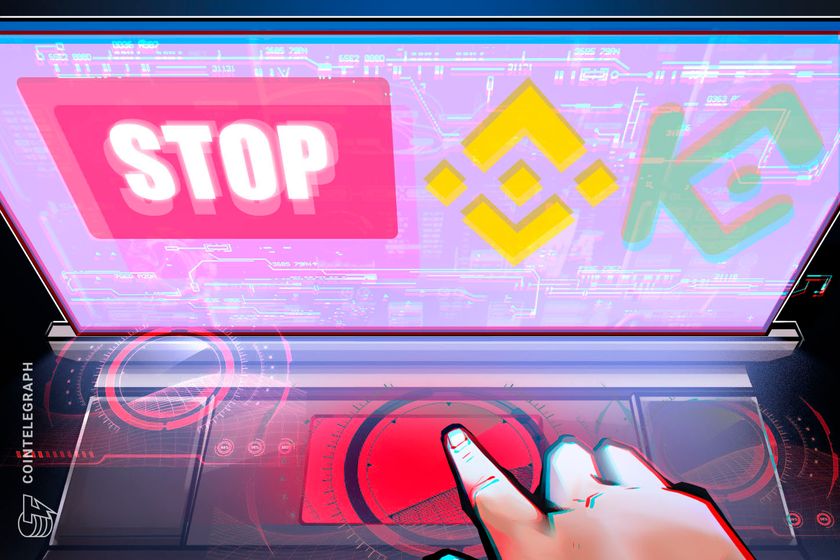Canva is now in the coding and spreadsheet business
Canva is launching its latest smorgasbord of generative AI-powered workspace tools in its attempt to cram everything that Microsoft, Google, and Adobe can do into a single platform. Canva’s Visual Suite is being redesigned to combine its design and productivity tools into a single interface, alongside adding new coding, photo editing, spreadsheet, and AI chatbot […]


Canva is launching its latest smorgasbord of generative AI-powered workspace tools in its attempt to cram everything that Microsoft, Google, and Adobe can do into a single platform. Canva’s Visual Suite is being redesigned to combine its design and productivity tools into a single interface, alongside adding new coding, photo editing, spreadsheet, and AI chatbot features.
These join the collection of office suite tools that rolled out in 2022, such as Canva Docs and Canva Whiteboards — Canva’s answer to services like Microsoft Word, Google Docs, and FigJam. Having made a name for itself as a marketing and design platform, Canva is now hoping to add more office teams and businesses to its community of 230 million users by providing a visual spin on traditional workspace apps.
The Visual Suite 2.0 update allows users to build and edit documents, presentations, animations, and websites into a single design, providing a unified format for teams to collaborate on multiple tasks simultaneously. “This eliminates the need for separate tools, fragmented workflows, and disconnected files,” Canva said in its press release. “Entire campaigns – from planning and briefing to design and delivery – can now happen in one seamless, collaborative space.”

Canva Sheets is a more creative take on typical spreadsheet-building applications, allowing users to combine text with visual assets. Data can be imported from HubSpot, Statista, Google Analytics, and more, according to Canva, while the company’s AI-powered “Magic Insights” feature automatically scans the data to identify notable patterns or takeaways. Data can also be transformed into a variety of interactive graphs using “Magic Charts,” which aims to make it easy for users to turn raw numbers into infographics, reports, and animated visualizations.
Canva Code is a generative AI coding assistant akin to Gemini Code Assist or the Microsoft-owned GitHub Copilot. Users can give it a text prompt to generate widgets, websites, and other interactive content “with no coding or external tools required,” according to Canva.

Meanwhile, Canvas’s new AI chatbot — which the company describes as a “conversational creative partner” — brings all of Canva’s generative AI tools into one window to make them easier for users to quickly access. From there, you can use voice or text prompts to edit photos, resize designs, and generate text, slides, and images.

On the creative side of things, Canva has also updated its Photo Editor with similar features to those that Adobe has introduced in its professional Photoshop software. The Photo Editor now allows users to automatically modify or remove background objects by clicking on them, and create AI-generated backgrounds that “account for lighting and layout,” according to Canva.










































































































































































![[The AI Show Episode 143]: ChatGPT Revenue Surge, New AGI Timelines, Amazon’s AI Agent, Claude for Education, Model Context Protocol & LLMs Pass the Turing Test](https://www.marketingaiinstitute.com/hubfs/ep%20143%20cover.png)















































































































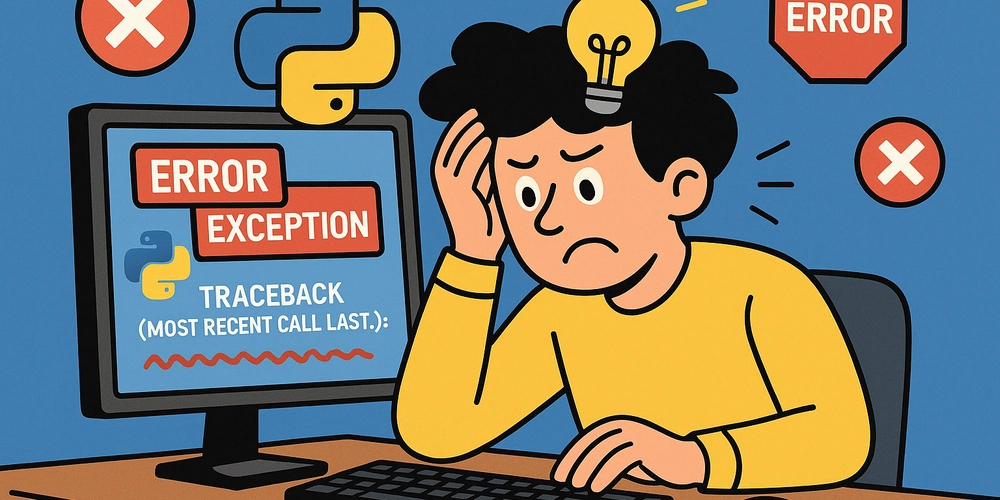












































































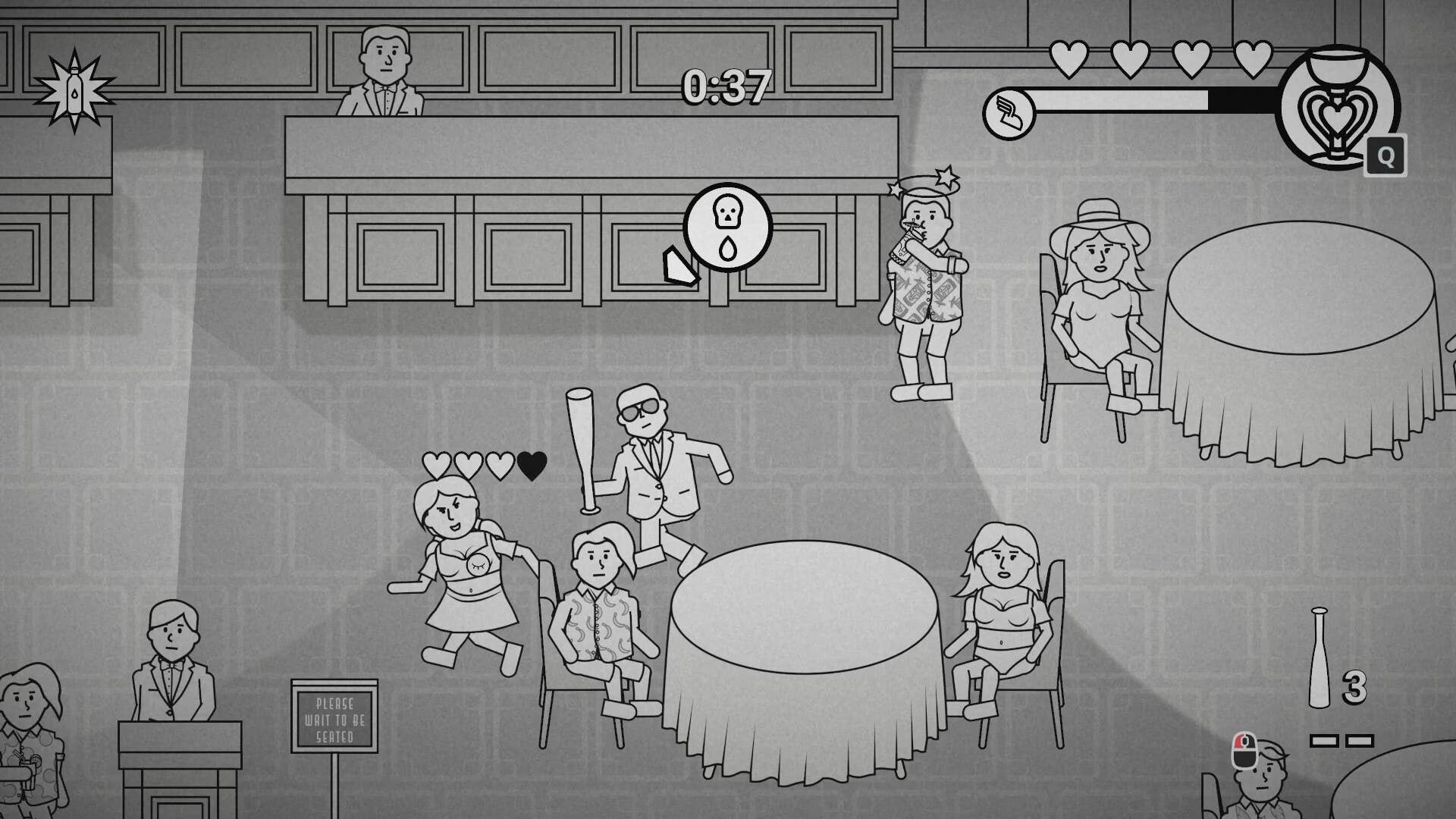








































.png?#)






















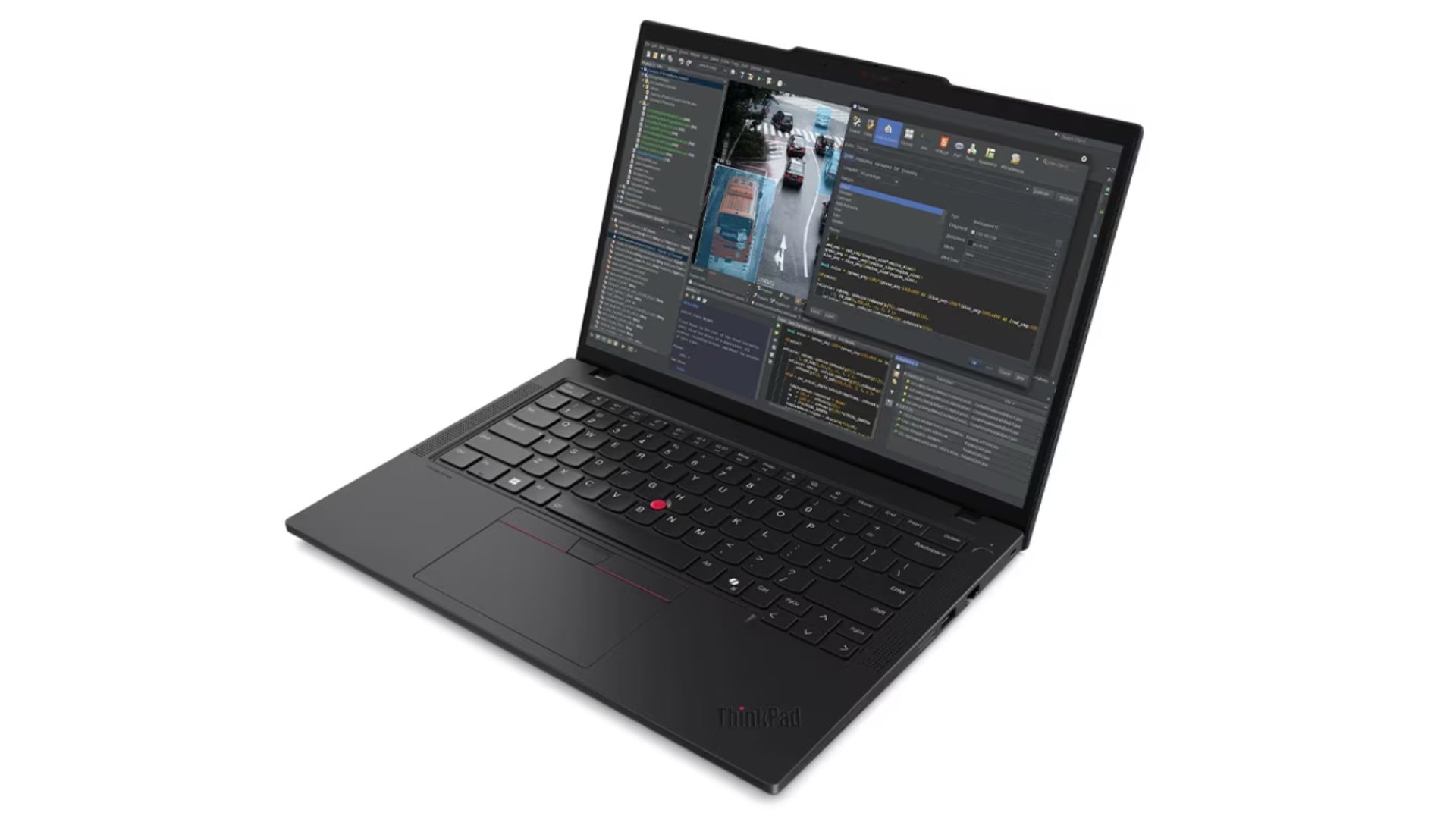
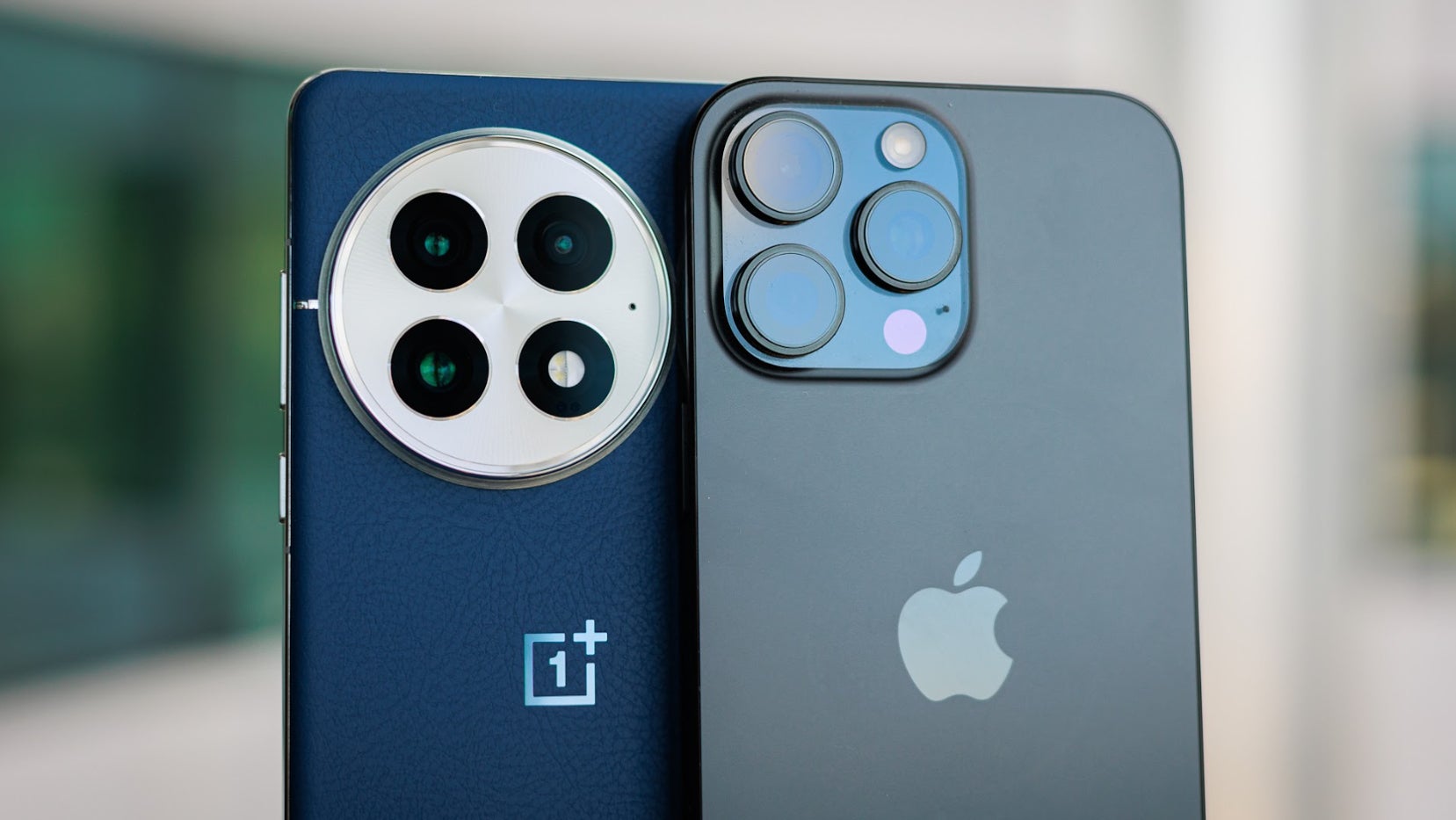















.webp?#)




















































































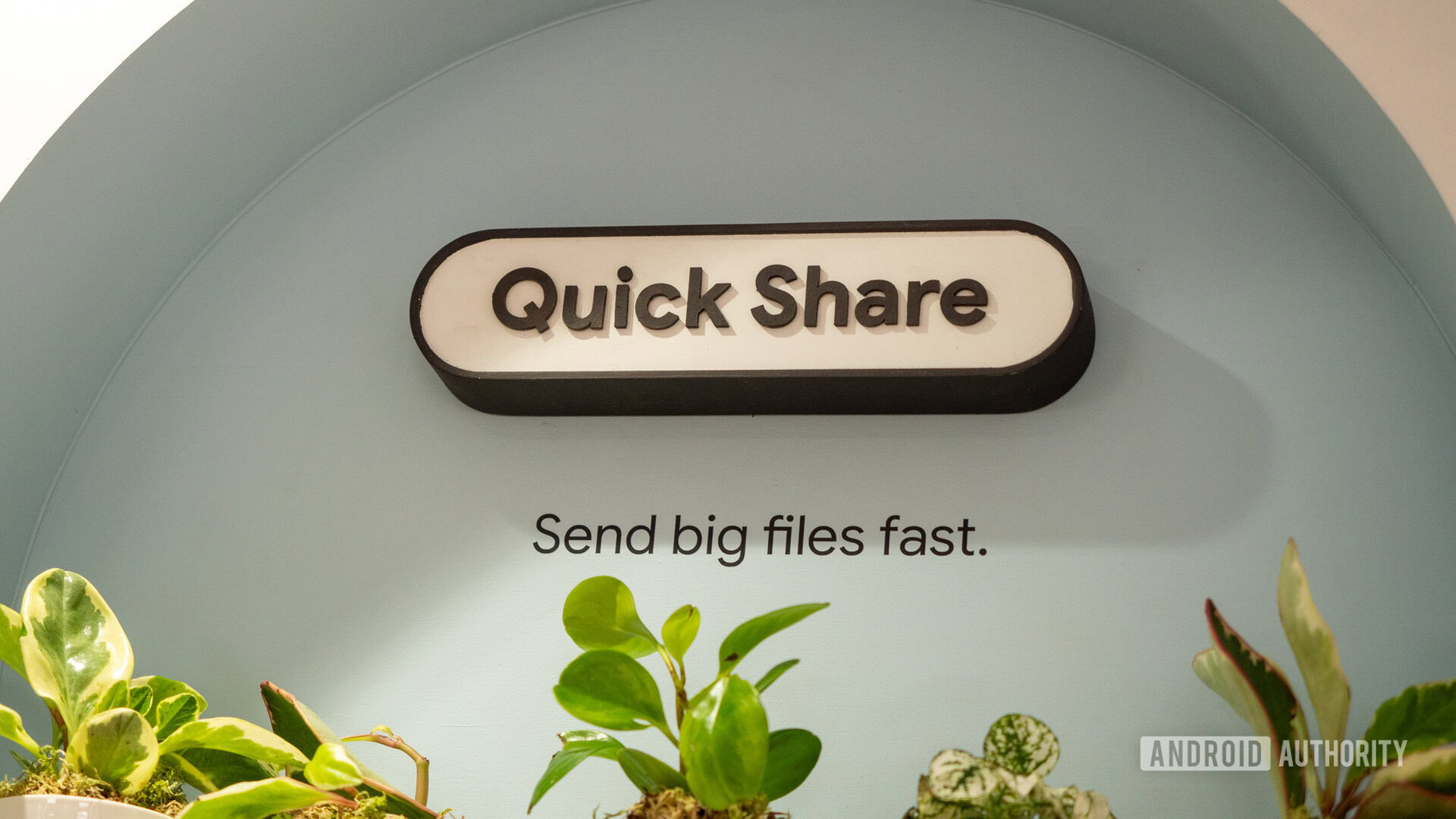





![[Fixed] Gemini app is failing to generate Audio Overviews](https://i0.wp.com/9to5google.com/wp-content/uploads/sites/4/2025/03/Gemini-Audio-Overview-cover.jpg?resize=1200%2C628&quality=82&strip=all&ssl=1)

![What’s new in Android’s April 2025 Google System Updates [U: 4/14]](https://i0.wp.com/9to5google.com/wp-content/uploads/sites/4/2025/01/google-play-services-3.jpg?resize=1200%2C628&quality=82&strip=all&ssl=1)












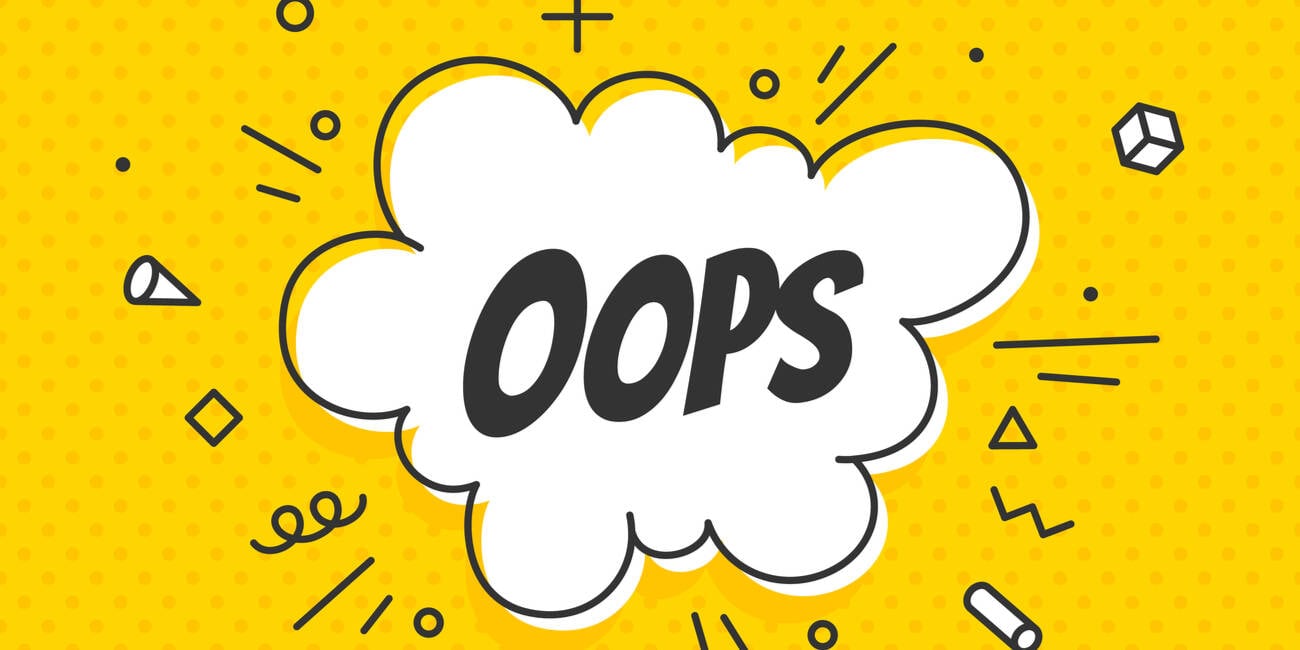

![Apple Seeds tvOS 18.5 Beta 2 to Developers [Download]](https://www.iclarified.com/images/news/97011/97011/97011-640.jpg)
![Apple Releases macOS Sequoia 15.5 Beta 2 to Developers [Download]](https://www.iclarified.com/images/news/97014/97014/97014-640.jpg)















































